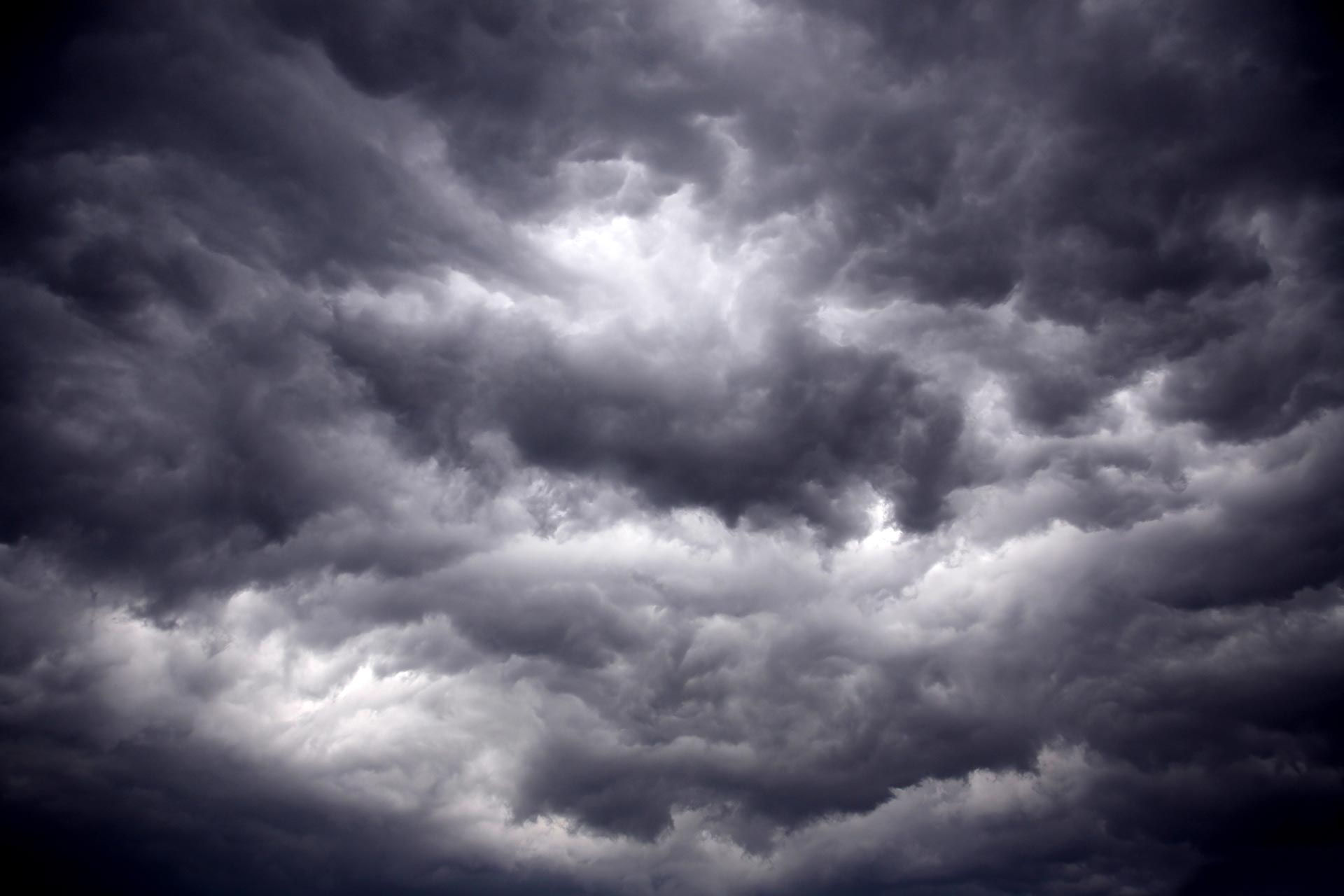Protect Your Home from Basement Flooding in Toronto
While the City of Toronto is working to improve its complex infrastructure system of underground pipes, sewers and catch basins, these improvements alone cannot completely prevent basement flooding in your Toronto home. During thunderstorms or extreme weather events delivering heavy rainfall, the municipal sewer system can become overloaded with the volume of rainwater, resulting in sewer backup and localized flooding. It is essential that homeowners take steps to help protect their home from basement flooding in Toronto.
Top Causes of Basement Flood Cleanup in Toronto
Every home is at risk of basement flooding, even if it has not happened before. Water in your basement is most likely to occur during a heavy rainfall, or when snow and ice is melting.
You can take steps to help reduce or prevent basement flooding from happening.
When storm water or ground water seeps into the basement due to:
A crack or leak in your foundation wall, basement walls, or basement windows or door
Poor lot grading, landscaping or drainage issues
Failure or collapse of the weeping tile system (foundation drains)
Failure of a sump pump (if you have one) used to pump out ground water
Leaking or plugged downspouts, or problems with eavestroughs
A sewer back-up caused by a blocked, collapsed or overwhelmed sewer system:
Blockages are typically caused by items that are incorrectly flushed or poured down the drain. Tree roots and broken or cracked sewer pipes can also cause blockages.
Overwhelmed sewer pipes can happen during extreme rain. If the sewers fill beyond capacity, the water will travel backward in the sewer pipe and into the home.
Install a backwater valve to prevent sewer water from backing up sewage in your basement. Learn more about backwater valves at the City of Toronto website.
Keep Water Out by Protecting Your Home From the Outside
Water can enter your home in many different places. The diagram below shows how pipes can be configured

Seal cracks or fix leaks in walls, floors, windows and foundations, and properly seal all window wells.
Increase the green space around your home with thirsty plants and shrubs and install porous pavement to help absorb rainwater and melted snow.
Clear eavestroughs and downspouts of leaves and other debris that block drainage.
Inspect the corners of your basement regularly and if the floor is damp/wet, your weeping tiles may not be working properly and may need to be repaired or replaced. Make sure your disconnected downspouts are draining properly away from your house, ideally two metres from your home.
Ensure the grading around your home slopes away from the foundation wall to help drain water away from your home (without negatively affecting neighbouring properties).
Repair or replace damaged weeping tile systems. Weeping tiles (also known as a French drain) are pipes with small holes located underground near your basement foundations to collect groundwater/rainwater. Their purpose is for waterproofing basements. Weeping tiles may drain into a solid pipe leading to a discharge or directly into a sump, where the water can be removed by a sump pump; however, it depends on your home’s drainage system.
Safely clear debris from roadside catch basins and drains to help rain water and melting snow enter the storm sewer system. Ensure drainage ditches and culverts between properties are maintained and clear of obstructions.
Understand your Plumbing and Protect Your Home from the Inside
Homeowners are responsible for plumbing from the property line to inside the home. You can hire a licensed plumber who conducts specialized testing or inspections, if needed, to help you identify the location and condition of key features of your household plumbing system:
Sewer service pipe (connects the plumbing in your home to the main sewer on the street).
Storm sewer pipe.
Backwater valve or sump pump; understand how to keep a sump pump maintained, and operational during power outages.
Maintain your Plumbing System
Ensure that your residential plumbing and drainage systems are in good working condition and understand how they operate and how to service them.
Fix cracks, blockages or other corrosion problems.
Avoiding creating clogs and do not flush dental floss, Q-tips or other personal hygiene products down the toilet.
Never pour fats, oils and grease down the drain. Dispose of small amounts in your green bin with material to absorb it.
Learn more about what not to flush and how to dispose of these items.
Hire a City-licensed plumber to inspect the full length of the sanitary pipe under the basement floor for weeping tile connections. Install a backwater valve or sewage ejector pump, ensuring the weeping tile/foundation drain, if present, is connected downstream of the backwater valve. You can also install a sump pump and piping to prevent basement flooding in Toronto.
Ensure proper and regular maintenance of the above devices in your home, including annual cleaning of the backwater valve via the clean-out ports and consider installing a back-up power source or battery for your sump pump.
Your Basement Flood Cleanup Company in Toronto
Basement Flood damage or Toronto sewage damage can be extremely detrimental to the health and safety of your home and your family. It is important to do your part to prevent basement flooding in Toronto.
If you need emergency basement flood cleanup in Toronto, or repair and insurance restoration services after being affected by basement flood damage, contact SELECT Restoration Services today at 905-499-3756.














留言